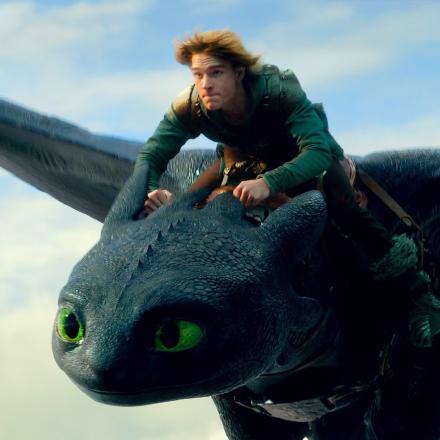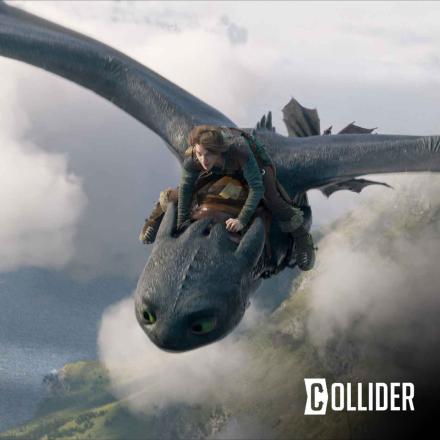Bringing Dragons to Life with Visual Development
Framestore’s Visual Development (VisDev) team played a crucial role in helping bring How To Train Your Dragon to life.
Global Head of Visual Development Owen Jackson worked alongside Production VFX Supervisor Christian Mänz, Global Animation Director Michael Eames and the film’s Director Dean DeBlois for an initial three months, exploring how the story’s scaly, CG cast could convincingly fit into the real world.
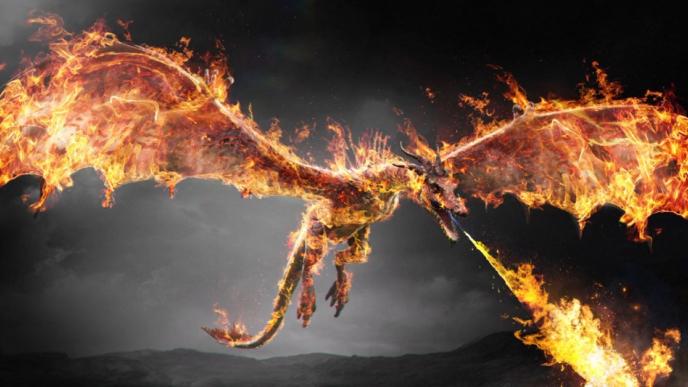
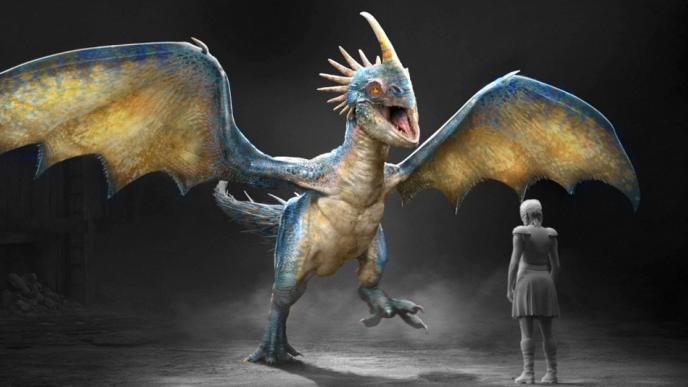
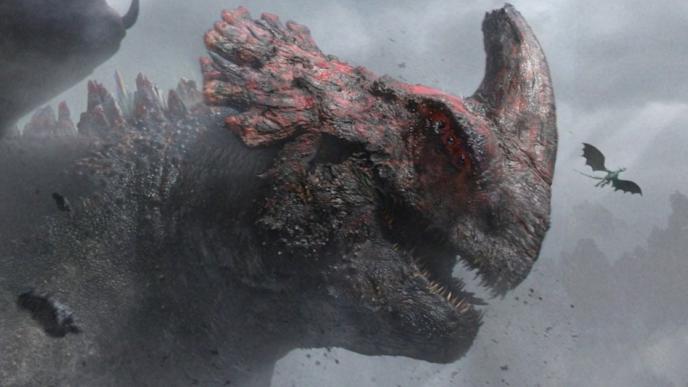
The VisDev department comprises an agile team of highly creative generalists who focus on early-stage development and ideation, developing ideas and road-testing concepts in 3D to visualise characters, creatures, environments and FX before they hit Framestore’s full VFX pipeline. Working on six of the film’s dragons, Owen and his team worked in 2D and 3D, usingZ-Brush, Blender and Photoshop Photoshop, Z-Brush and Blender to sketch, sculpt and paint with reference to both the animated classic and a wide range of real-life creatures.
While Framestore’s art department also worked on concepts for dragons like the Deadly Nadder, Hideous Zippleback and Gruesome Gronckle, the film’s star and emotional core - Toothless - was a collaboration between Christian, Michael and Owen’s VisDev team. “Rather than beginning with traditional sketches, Toothless was actually developed as a CG sculpt from the get go,” says Owen. “This meant we were able to move quickly and intuitively, rapidly iterating as we worked out things like form, anatomy, size and silhouette. Because we were working in three-dimensional space we could test him from various angles and with different types of lighting in order to make sure he worked as a living, breathing creature without losing the quintessential traits that audiences love so much about the character.”
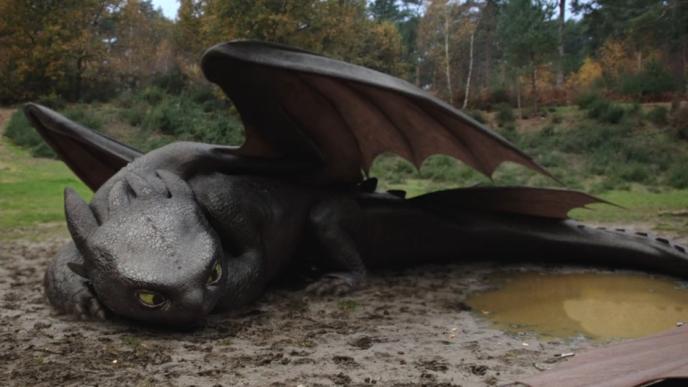
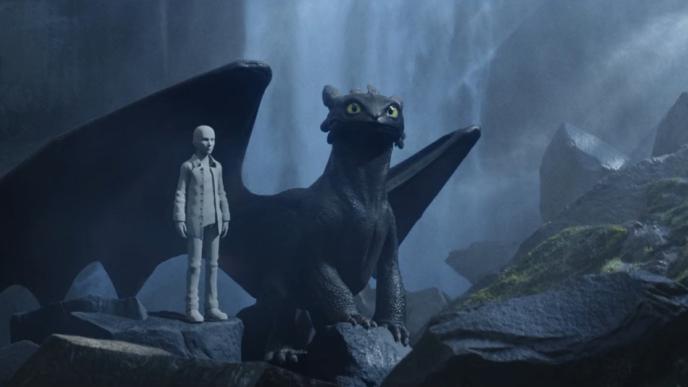
With so much of the film’s focus on Toothless there was absolutely nowhere to hide in terms of his design. “Everything had to feel grounded and ‘real world,’” says Owen. This meant that even at the dev work’s earliest stages we were looking at fine details like the intricacies of wing structure - the translucent parts, the vein structures - and, of course, his huge, expressive eyes.”
The dragon’s skin also provided much food for thought. “When you’re working with a glossy black creature like Toothless there’s a real risk that he CG can seem synthetic,” says Owen. “To counter this we factored in some age-appropriate weathering: bumps, dings and imperfections that would help to break up the glossiness and catch the light more naturally.” As well as laying the ground rules for the character, this level of detail was also essential in terms of ‘selling’ a real-world Toothless to the wider filmmaking team. “On paper all of these might seem like minor details, but they’re the kind of thing you subconsciously pick up on,” explains Owen. “When you’re in the earliest phases of a project and wanting to show creatives and decision-makers that a character will ‘work’, being able to to showcase such a deep and well thought-out level of fidelity is absolutely crucial.”
